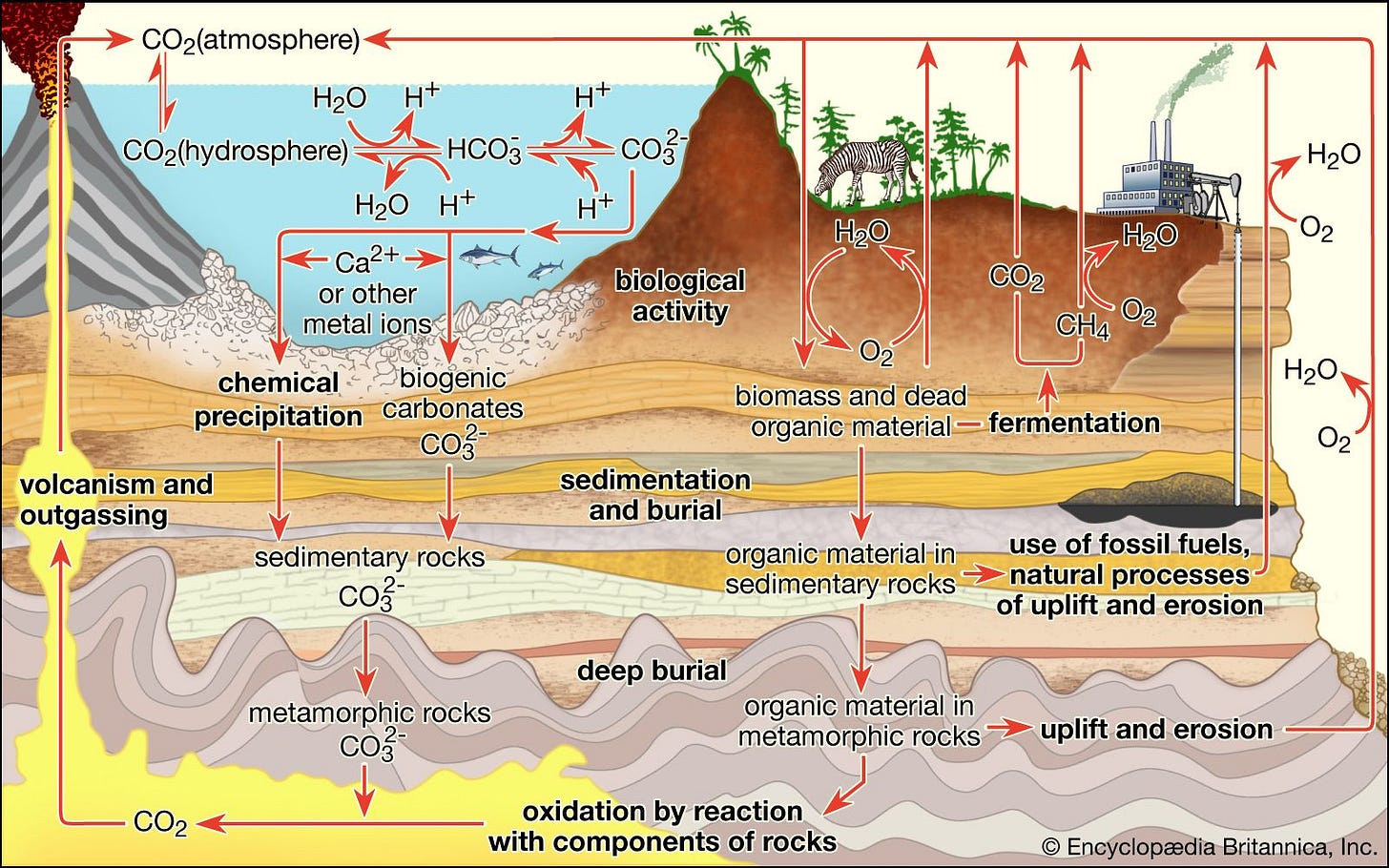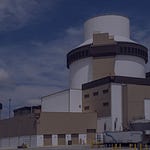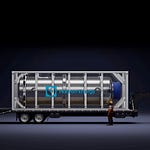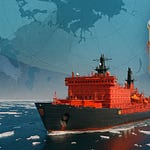Welcome back to Decouple, a weekly podcast about energy, technology, and the planet, with interviews by Chris Keefer. Watch on YouTube, Spotify, or Apple.
This week, we take a break from nuclear power to talk about larger systems: those of Planet Earth. Professor Andy Knoll, renowned Harvard geologist and author of A Brief History of Earth, reveals how life itself has shaped Earth's chemistry, climate, and geology. From the oxygenation of Earth's atmosphere to the potential colonization of Mars, we explore the constant and delicate dance between life and the planet.
Watch now on YouTube.
We talk about
Earth's biogeochemical cycles and how life has shaped planetary conditions
Humanity's unprecedented impact on planetary systems
The interconnected evolution of geology, chemistry, and life.
The Great Oxygenation Event and its transformative effects on Earth's atmosphere.
Role of microorganisms in shaping Earth's chemical environment, particularly nitrogen and phosphorus cycles.
Snowball Earth and life's extraordinary resilience through drastic climatic shifts.
How tectonic activities influenced the emergence and diversification of complex life.
The role of carbon dioxide as Earth's climate thermostat and the geological carbon cycle.
Mass extinctions, particularly the Permian event and its relevance to contemporary climate change.
The Anthropocene: humanity’s influence on global biogeochemical cycles.
Mars colonization: practicality versus sustainability.
Insights from deep geological time informing contemporary environmental challenges.
"We do not live at a representative state of Earth's environments. It's closer to being an end-member state." – Prof. Andy Knoll
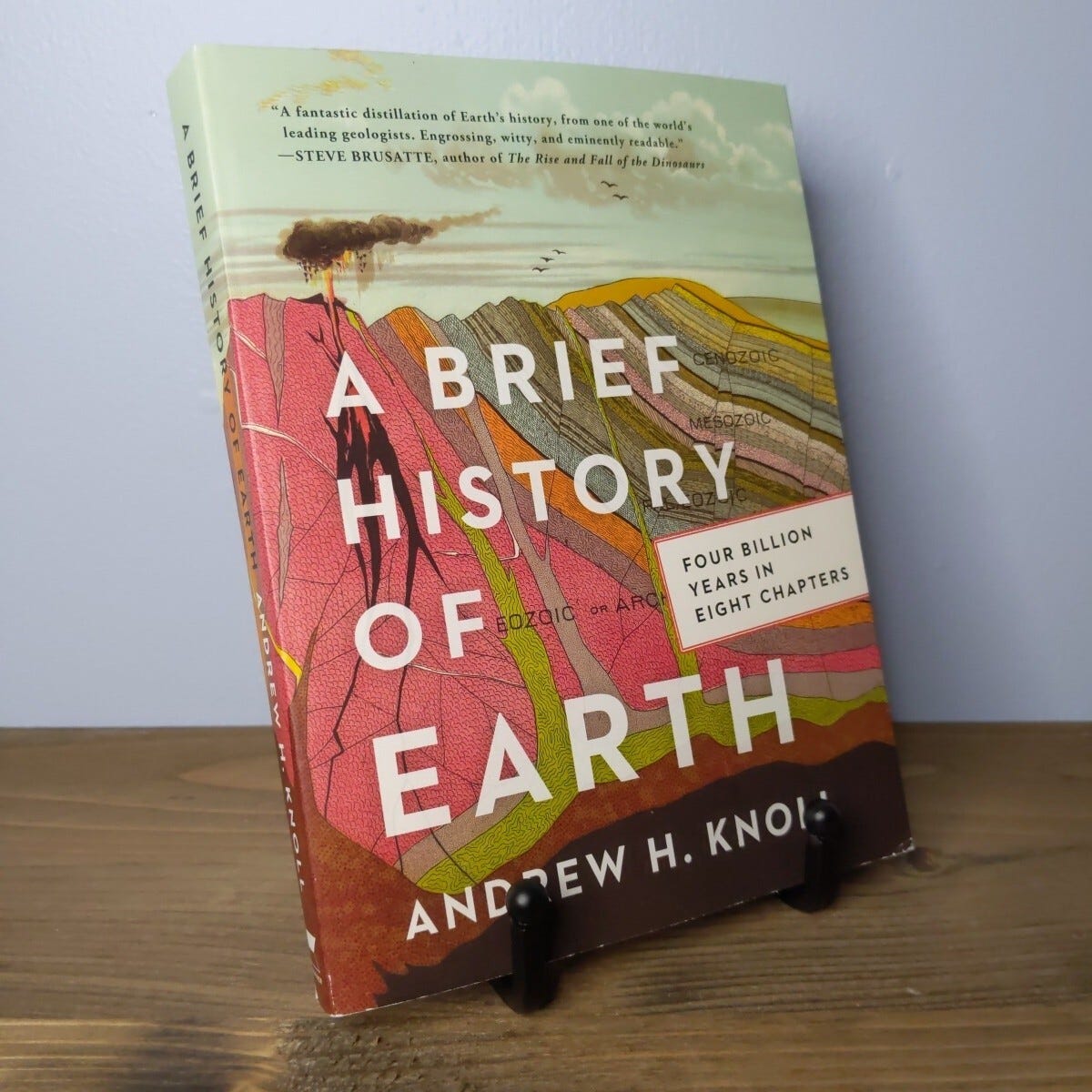
Deeper Dive
Life could rightly be called Earth's chief geoengineer. Microbes, despite their minuscule individual size, orchestrated the greatest transformations, turning a sterile planet into a breathable world.
Around two and a half billion years ago, photosynthetic cyanobacteria began pumping oxygen into the atmosphere. This event, known as the Great Oxygenation Event, fundamentally altered Earth's chemistry. Before oxygen filled the atmosphere, Earth was largely inhospitable to complex life. Life didn’t just adapt to Earth's conditions—it actively shaped them.
Earth exists in a state of dynamic equilibrium. Carbon dioxide, in a way Earth's thermostat, is cycled between rocks, oceans, and the atmosphere, maintaining habitable temperatures over vast periods. Weathering of mountain ranges draws CO2 from the air, locking it into rocks, while volcanic eruptions release it back. This balance allowed life to persist through severe climatic episodes, such as the Snowball Earth, when glaciers enveloped the planet. Life survived these harsh epochs by retreating into rare enclaves around hydrothermal vents and shallow pools on ice surfaces.
The Cambrian explosion, about 541 million years ago, vividly demonstrates Earth's dynamic equilibrium. Nutrient cycles and rising oxygen levels, tied to massive tectonic events and the emergence of continents, set the stage for a rapid proliferation of complex life. This period saw the origins of most modern animal phyla, driven by an enriched nutrient environment enabling greater biodiversity. Earth's geological upheavals and biological advancements moved in lockstep, each influencing the other.
"The Cambrian explosion coincides with tectonic events that made Earth more productive." –Prof. Andy Knoll
Mass extinctions like the Permian–Triassic extinction event 252 million years ago—known as The Great Dying—illuminate Earth's fragility. This cataclysm wiped out about 90% of marine species, triggered by massive volcanic activity in Siberia. These eruptions spewed immense amounts of carbon dioxide, disrupting the global carbon cycle and climate equilibrium, making oceans anoxic and acidic. Such ancient upheavals offer stark parallels to modern climate change, underscoring the profound impact rapid CO2 changes can have on life.
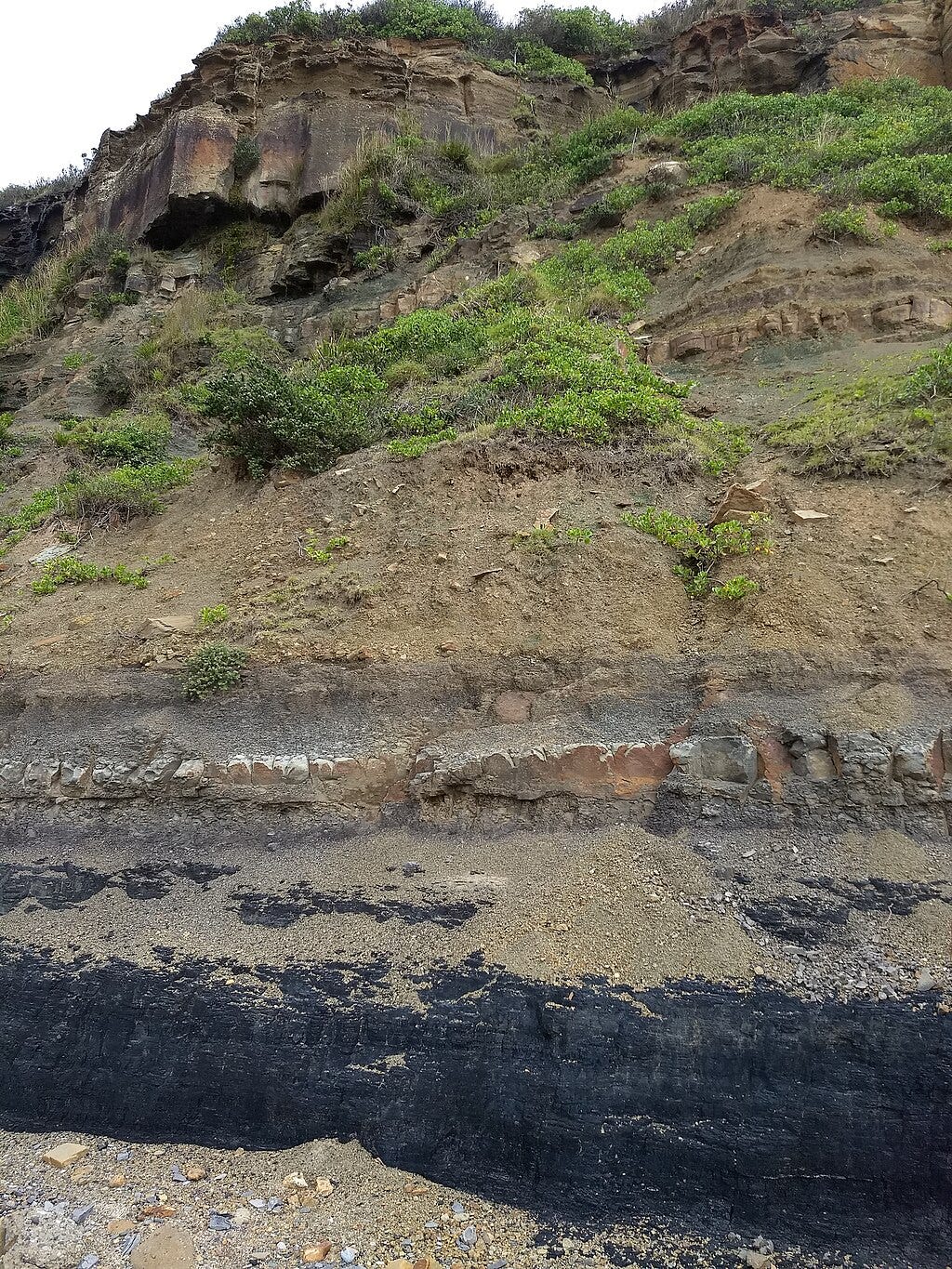
Today, humanity has become a geological force—as Knoll explains, our activities rival the natural processes that shaped Earth over billions of years. Industrial nitrogen fixation via Haber-Bosch now equals natural biological fixation. Fossil fuel combustion has drastically altered the carbon cycle, leaving an undeniable isotopic signature confirming human responsibility. Phosphate mining accelerates nutrient cycling far beyond natural rates. Earth's stability, delicately maintained over geological time, now hangs in the balance.
"We live in a world different from previous states of the Earth system. And what's different is us." –Prof. Andy Knoll
Yet, understanding Earth's deep history provides hope. Humans, armed with technology and ingenuity, possess the tools necessary to mitigate these impacts. According to Knoll, geoengineering, responsible stewardship, and sustainable innovation are within reach. To Knoll, our challenge—and our opportunity—is clear: can we, the newest geological force, guide Earth back toward stability?
That’s it for this week. If you enjoy Decouple, support us by pledging on Substack or, for a tax-deductible option, donate through our fiscal sponsor. Thank you!
Timestamps
00:00 Introduction
03:16 The Great Oxygenation Event
09:20 The Nitrogen Cycle
16:52 Phosphate Cycles
22:12 Snowball Earth
29:32 The Carbon Cycle
41:40 Elemental Shortages
46:59 Colonizing Mars
50:34 Human Ingenuity, Action, and Inaction
55:36 Outro
Keywords
Great Oxygenation Event, geoengineering, Anthropocene, Cambrian explosion, mass extinction, carbon cycle, nitrogen fixation, phosphorus cycle, Snowball Earth, planetary resilience




